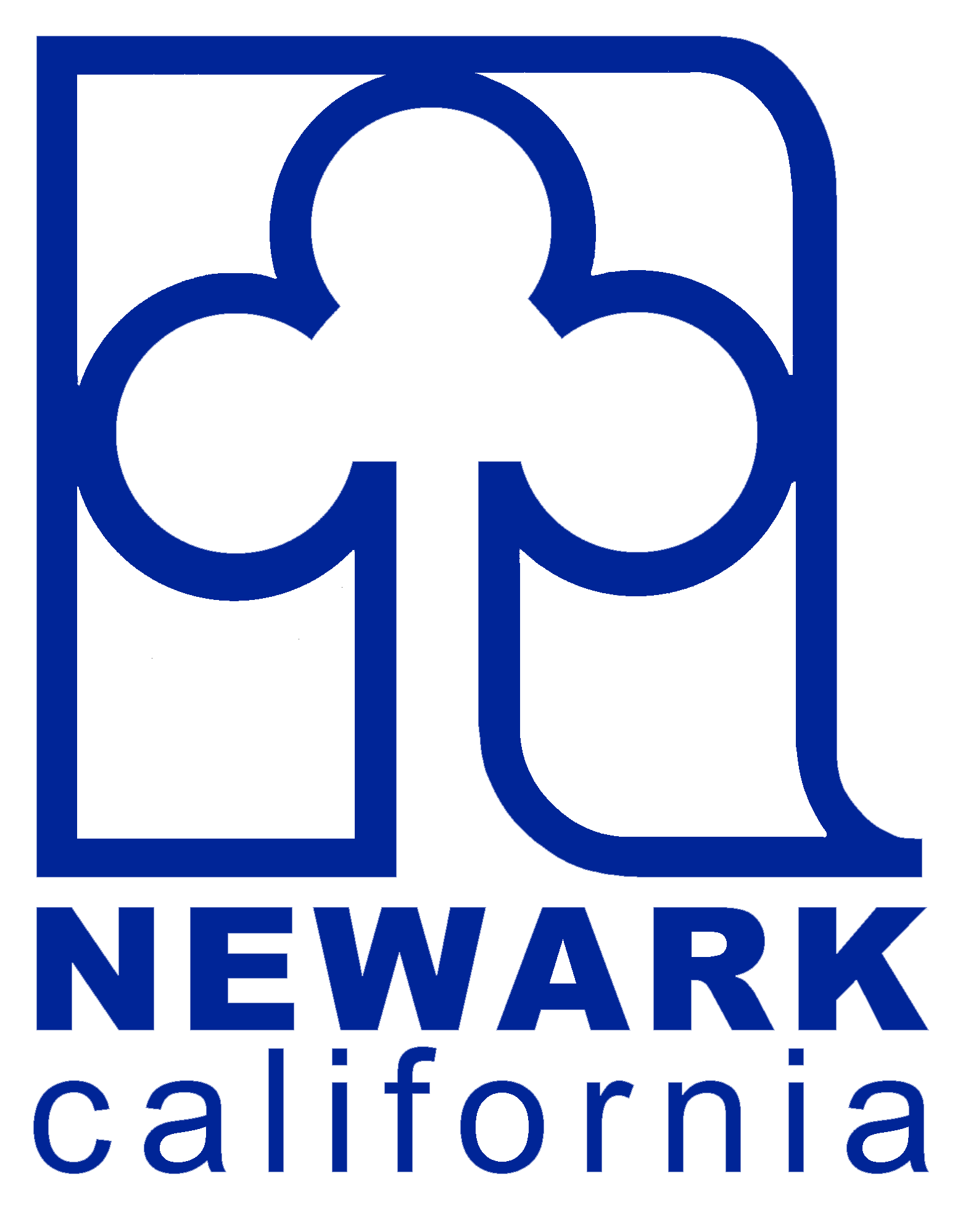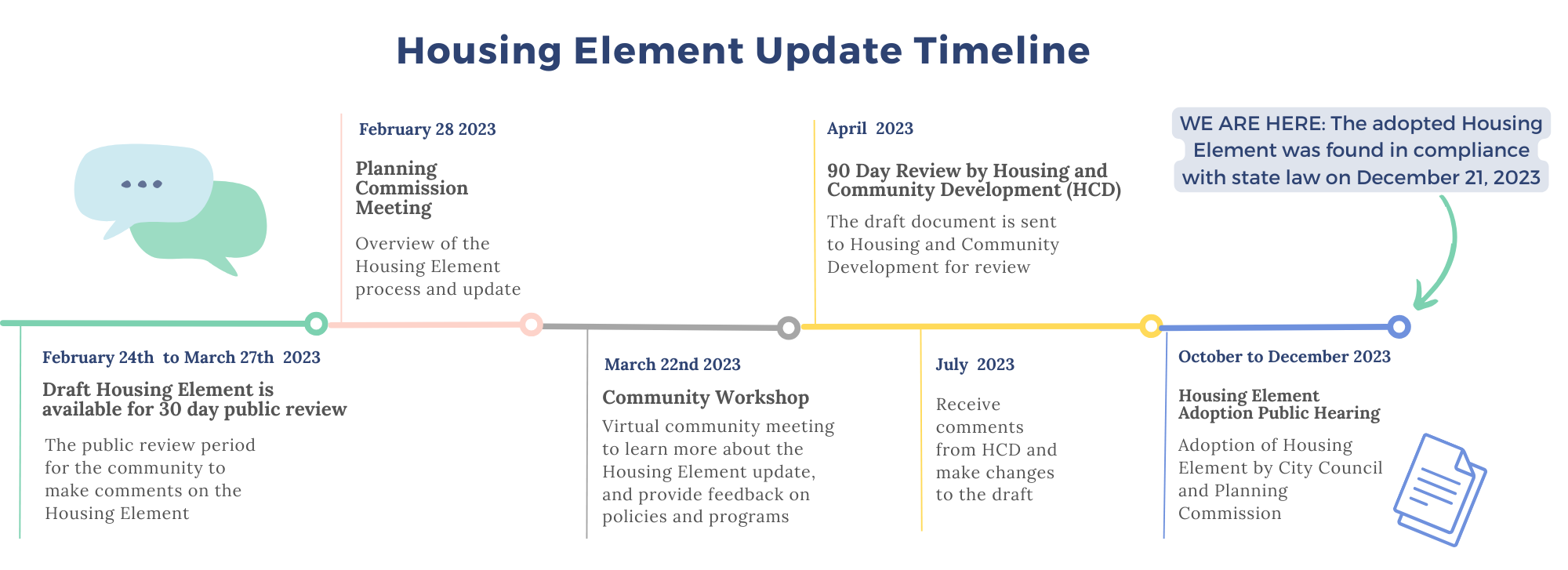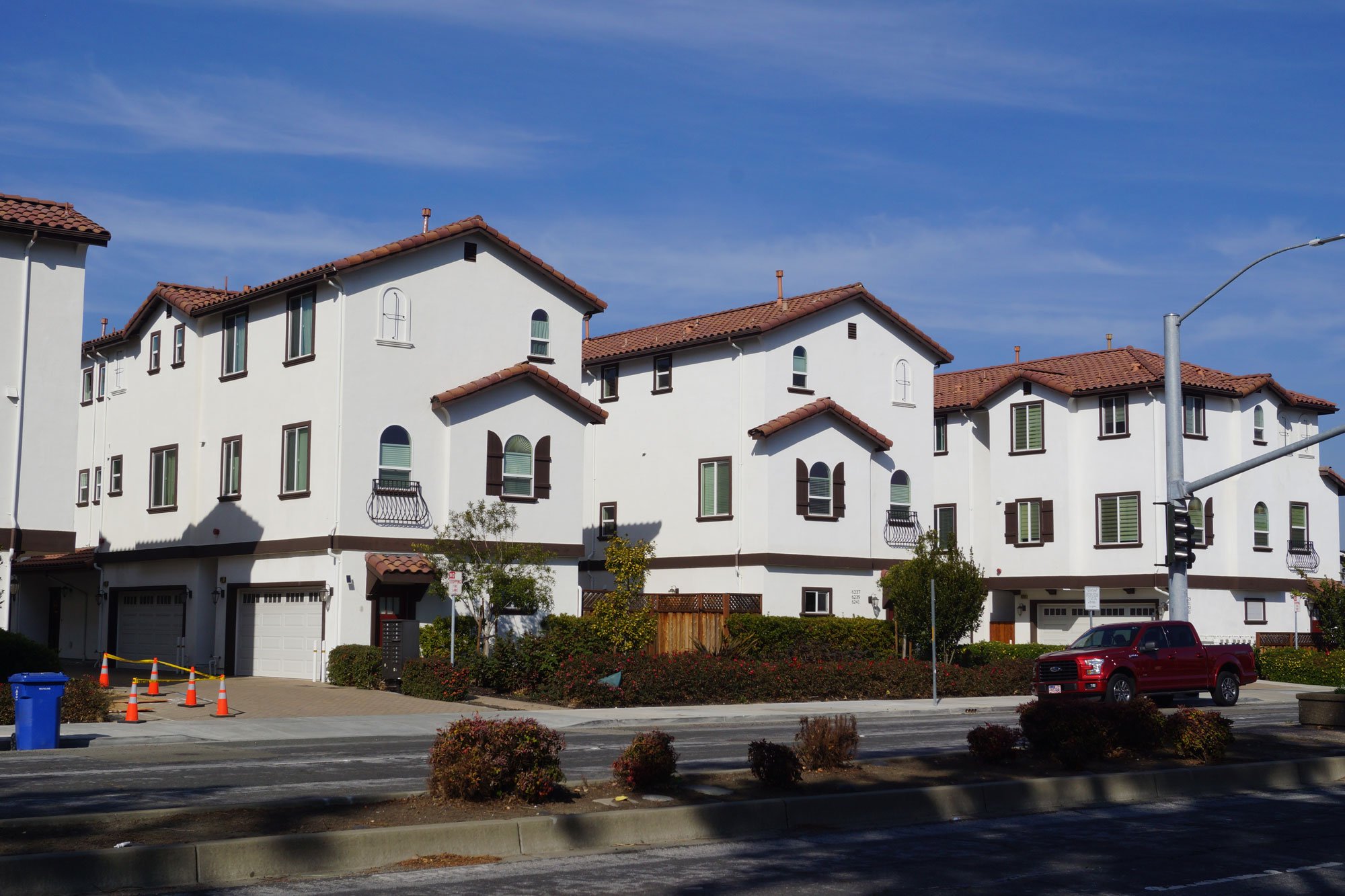
In 2023, Newark updated its Housing Element, a plan for all the housing needed in our community.
The shortage of homes at prices that everybody can afford impacts all of us. While the plan has been approved and adopted, you can continue to help us shape the future of housing in the places you live, work, and love.
All cities and counties in California are required to adequately plan to meet the housing needs of everyone in the community by adopting a Housing Element as part of their General Plan.
The City’s General Plan guides all the ways the city is planned and managed – from our roads and sidewalks to our parks and neighborhoods. The Housing Element is somewhat unique, in that State law requires that it be updated every eight years. This year’s effort updated the city’s housing policies and actions, as well as identified locations, housing types, and number of homes to be accommodated (but not necessarily built) by 2031.
Bay Area jurisdictions must adopt an updated Housing Element by January 2023 to plan for the housing needs for the next eight-year Housing Element Planning Period (2023-2031).
The 2023-2031 Newark Housing Element includes the following:
A detailed analysis of Newark's demographic, economic, and housing characteristics
A comprehensive analysis of constraints to producing and preserving housing
A review of the City’s progress in implementing housing policies and programs from the current 2015-2023 Housing Element
An identification of goals, objectives, and policies, in addition to a full list of programs that will implement the vision of the plan
A list of sites that could accommodate new housing, demonstrating the City’s ability to meet its Regional Housing Needs Allocation (RHNA)
The Process
What's RHNA?
RHNA is a target number of housing to plan for in every community.
Before a Housing Element is updated, the state provides a target for how many homes to plan for in every city, town and county that is required by state law.
They look at several factors like how many jobs there are, how close people live to their jobs and schools, population, and how many new jobs and people we are expecting. It can help to think of it as:
They then assign each region a target number of how much housing to plan for called the Regional Housing Needs Allocation or RHNA (pronounced ‘ree-nah’). It is then up to our region, and in our case, the Association of Bay Area Governments (ABAG) to decide how much of the regional need should be met by each city, town and county, based on their size, their jobs and how they are expected to grow by 2050, according to Plan Bay Area. To learn more about how they did this, visit this page.
Almost all cities in the Bay Area have a significantly higher target this RHNA cycle than in the past. Newark’s Regional Housing Needs Allocation (RHNA) this cycle is 1,874 compared to 1,078 in the last cycle.
City of Newark Draft RHNA 6 Housing Allocations for Planning, January 2021
| Income Category | Newark Units | Newark Percent | Alameda County Units | Alameda County Percent |
|---|---|---|---|---|
| Very Low Income (up to 50% AMI) | 464 | 24.80% | 23,608 | 26.50% |
| Low Income (51-80% AMI) | 268 | 14.30% | 13,591 | 15.30% |
| Moderate Income (81-120% AMI) | 318 | 17.00% | 14,438 | 16.20% |
| Above Moderate Income (121 AMI+) | 824 | 44.00% | 37,362 | 42.00% |
| Total | 1,874 | 100.00% | 88,999 | 100.00% |
What goes into a Housing Element?
A lot goes into developing a Housing Element.
Over the next year, cities, towns and counties will want to hear from community members about what they need, their concerns, what they love and want more of, and their thoughts on specific questions.
Several studies and analyses will also happen, like how much housing there is now, population and jobs, any issues that will make housing in certain areas hard to develop, and a review of existing goals, policies and programs. The target RHNA number will be kept in mind.
There will also be new considerations for fair housing laws – to address discrimination and segregation in housing – and environmental justice – to reduce health risks and address the needs of disadvantaged communities.
Policies and programs will then be developed, followed by a Draft Housing Element.
How does a housing element get approved?
A Final Housing Element has to be approved by the State.
Once a Draft Housing Element is ready, it will be released for public review and discussed at community, Council, and Commission meetings. Once a final Housing Element is ready, it will be adopted locally and submitted to the state for certification that is compliant with state housing laws.
After it is certified it will then be a part of the General Plan – informing the housing policy and programs in Newark over the next 8 years.
While there is now a plan to meet the target RHNA number, remember that because cities and towns do not built housing themselves, there is no guarantee all the housing planned for will be built. That will be up to the market. However, the Housing Element will ensure it is possible and create a path forward for housing to be built.
What happens if a housing element isn't approved?
Housing Element Updates are required by State law.
Cities, towns and counties are required to develop a housing plan that meets or exceeds state law.
There are big consequences to jurisdictions that don’t submit a Housing Element update that complies with state law. This can include paying monthly fines and fees and being disqualified from state grants, as well as having a court issue an order mandating that the jurisdiction complies anyway. A court could also remove the ability of a city, town or county to make their own land-use decisions, require the inclusion of affordable units and/or enforce a moratorium on all permits until compliance has been met.
What's the timeline?
A Final Housing Element will be adopted around December 2023.
Here is an overview of the general timeline:
During early 2022 there will be a lot of community outreach
Newark will simultaneously be assessing what happened since the last update and developing a draft, informed by studies, your input and state law
A draft will be released during the spring of 2023 for public review
Public hearings with Newark’s planning commission and Council and an initial review by the state will be in the fall of 2023
After edits have been made, a final draft will be adopted by the Council and submitted to the state for final certification in December 2023
More questions?










